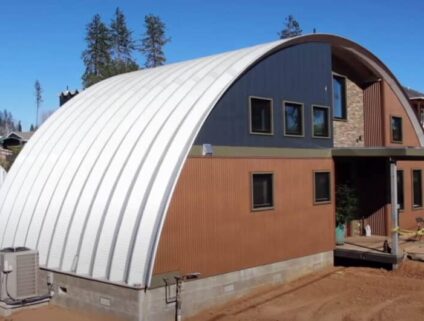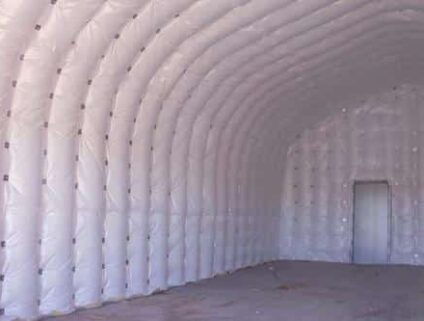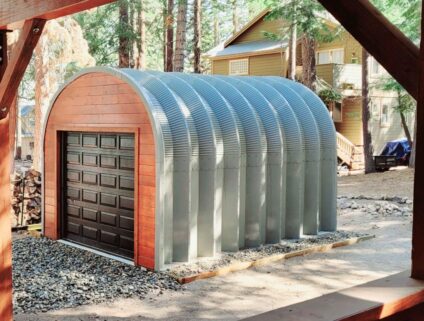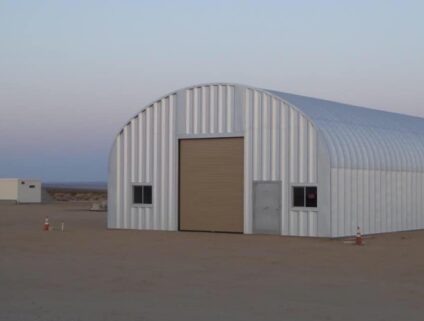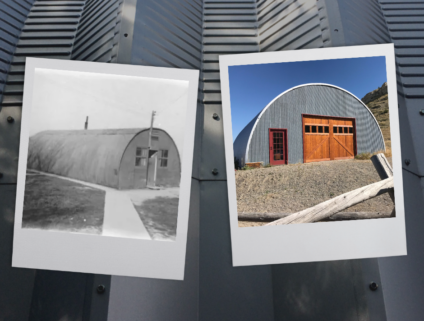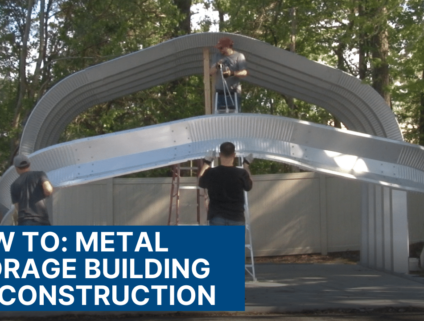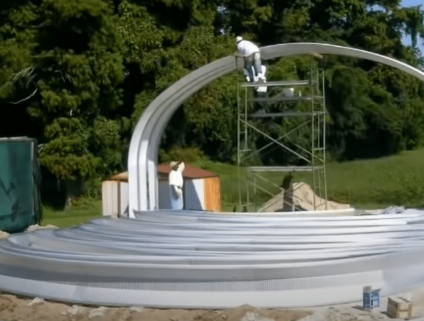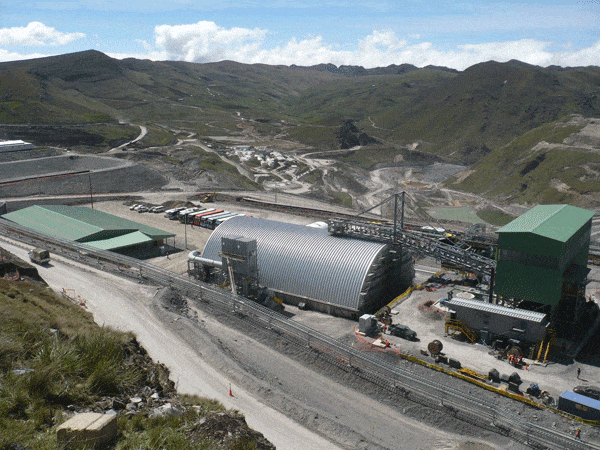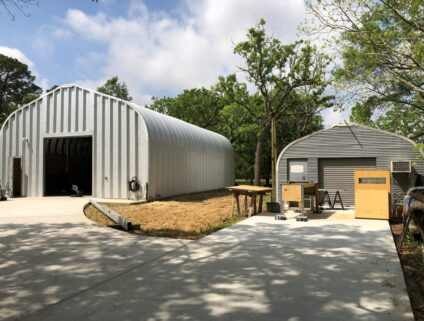6 Questions to Ask When Purchasing a Steel Building Secondhand
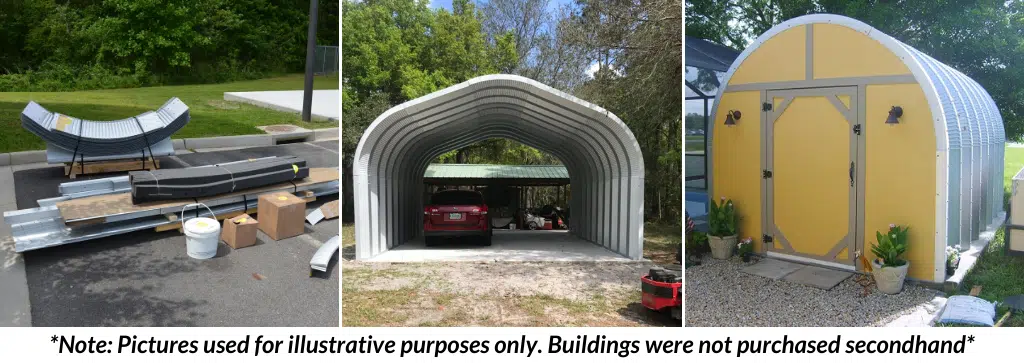
When investing in a steel building, it’s important to consider the durability and quality of your structure.
While it may seem like you’re getting a steal by buying a steel building secondhand, it’s important to remember that you get what you pay for.
What may seem like a great deal at the time might end up costing you more in the long run, especially if you need to purchase additional parts or get a faulty building.
Despite the building being new to you, it’s technically not new. Remember that it is your responsibility to verify that everything you need is included in your purchase.
If you decide to take a chance and purchase a secondhand Quonset hut, here are a few questions to ask the seller before you make your big purchase.
Do you have the original blueprints?
When purchasing a secondhand building, this is the most important question to ask before you buy it. The blueprints will show the building model, manufacturer, date issued and order numbers.
By having the original blueprints, you will be able to call the manufacturer and get further guidance on if the building will meet your local area load requirements.
Your building will not reach its designed load capacity until it is fully and correctly assembled and completed in full accordance with your blueprint.
It is important to have documentation that your building meets local design criteria not only to make sure your building is structurally sound but also in case you need proof of that information for a building permit.
If the seller does not have the original blueprints, it is strongly recommended that you do not purchase the building. Instead, it is recommended to have a new building designed for your intended use and location.
What information do you have from the manufacturer about the building?
In addition to blueprints, you’ll want to make sure you have other important details about your building.
Order information like a building contract will state what came with the building when it was purchased, so you’ll know if you’re getting everything that came with the original building.
It’s also a good idea to ask for the bill of lading. A bill of lading lists the items that were delivered with the order. This provides proof that all parts of the building were included when the structure was delivered.
The bill of lading also references the order number to identify the specifics of the building like the width, length, foundation options and endwalls (if applicable).
Are you the original owner or did you purchase the building from someone else?
Knowing the original owner’s contact information can help the manufacturer identify the order and purchase history, including:
- Date of purchase (this can help you get a good indication on the condition of the building)
- What was included in the order
- Thickness of steel
- Original intended building location (to help identify the area load requirements)
Why are you selling the building?
Another thing to consider is the reason the building is for sale. Is the seller not following through with the project for personal reasons? Or are they trying to flip the building and make a quick profit?
If the seller started to assemble the building but quit halfway through, some parts could have been damaged or missing in the process. Plus, if you’re reassembling a building, there’s a risk that the pieces might not align correctly.
Ultimately, the decision to believe the seller’s reason for putting the building up for sale is up to you.
Was the building stored indoors?
The SteelMaster construction manual gives specific guidelines on how to properly store a Quonset hut building kit:
- Store the components indoors in a dry, well-ventilated area
- Cut the banding on all bundles and pallets to allow air to circulate freely around each component
- Never allow moisture on or between any steel components prior to construction.
Indoor storage is strongly recommended. If the building is not properly stored or stored for a long period of time, there could be staining, rust, discoloration, and deformation.
Improper storage can make it more difficult, if not impossible, to safely construct the structure. Plus, storage stains cannot be removed and can only be coated.
Does it come with parts and accessories?
Knowing if the building came with parts and accessories is valuable because it can change the design of your building.
Knowing if your building is being sold with an Industrial Base Connector (IBC) can determine how you pour your building’s foundation. If you have an IBC, your building will have a flat, monolithic foundation.
If an IBC is not included, you will need to opt for a keyway foundation and make a groove in the concrete.
It should be noted that you should always consult a professional engineer to ensure a proper foundation is designed for a building.
Whether or not the secondhand building comes with endwalls determines if the building is open-ended or if you’ll need to fully enclose it (if that’s what you desire.)
Plus, if the endwall has a precut framed opening for a door, you’ll need to see if a garage or man door is included. If the seller is not including a door with the building, be sure to add the price of a door to your project budget.
Categories
Tags


